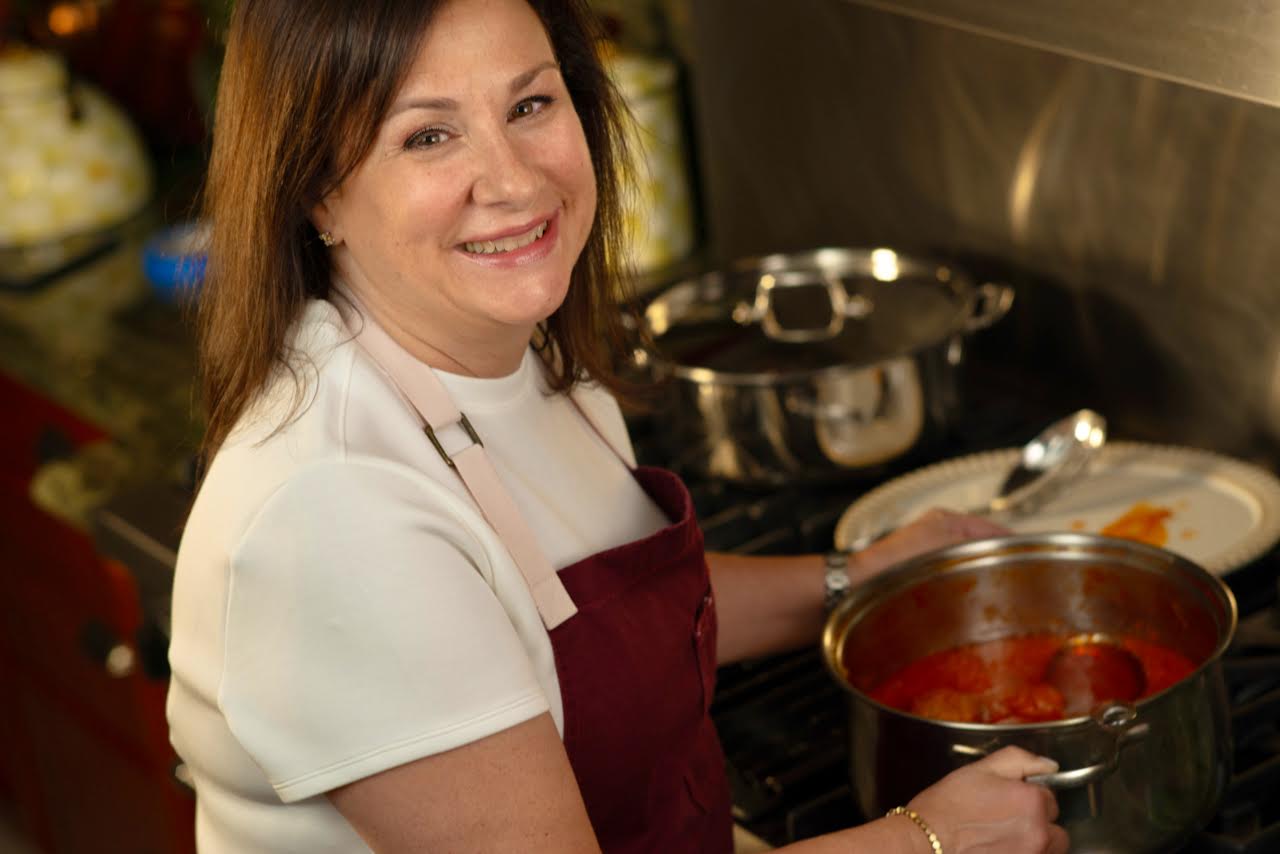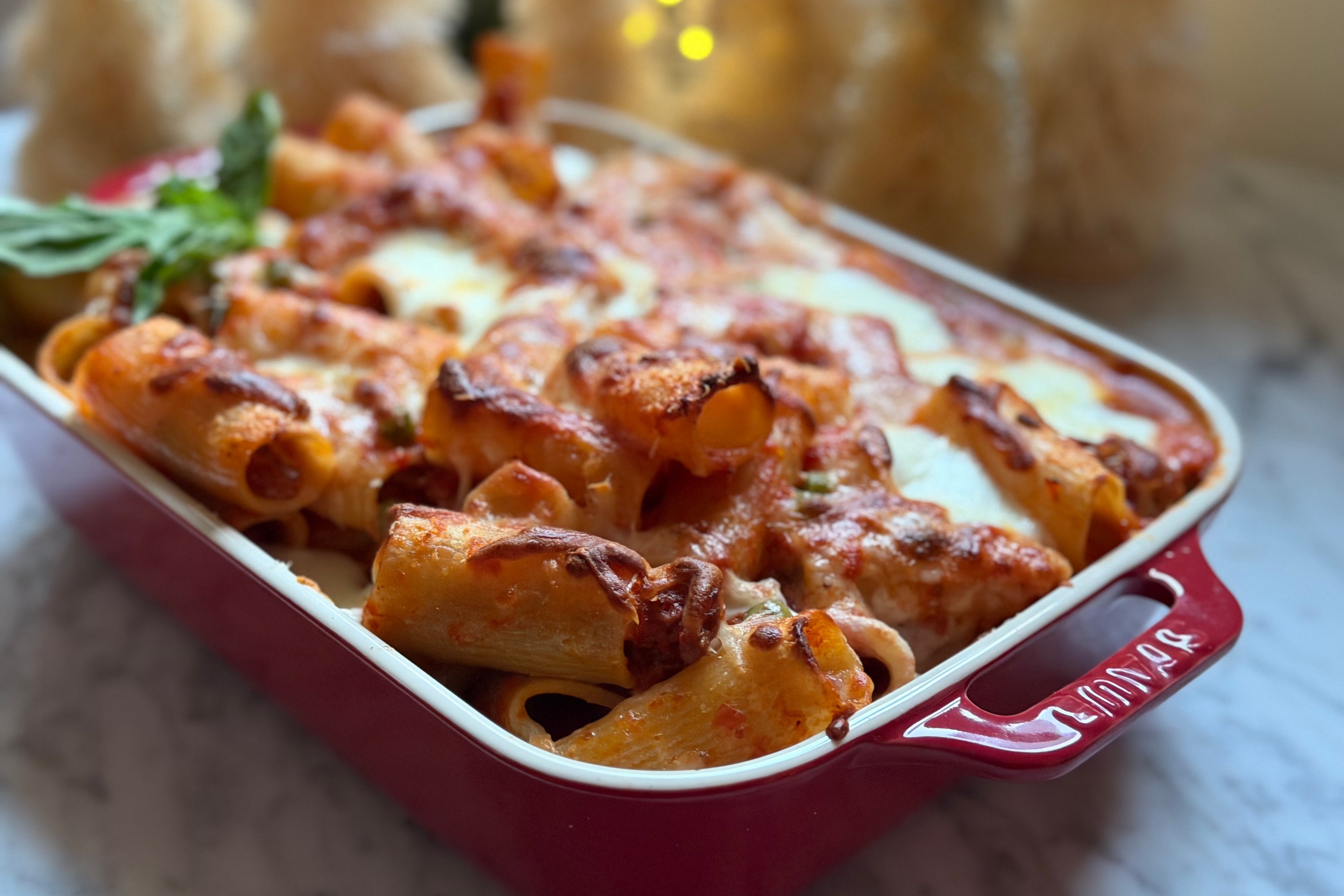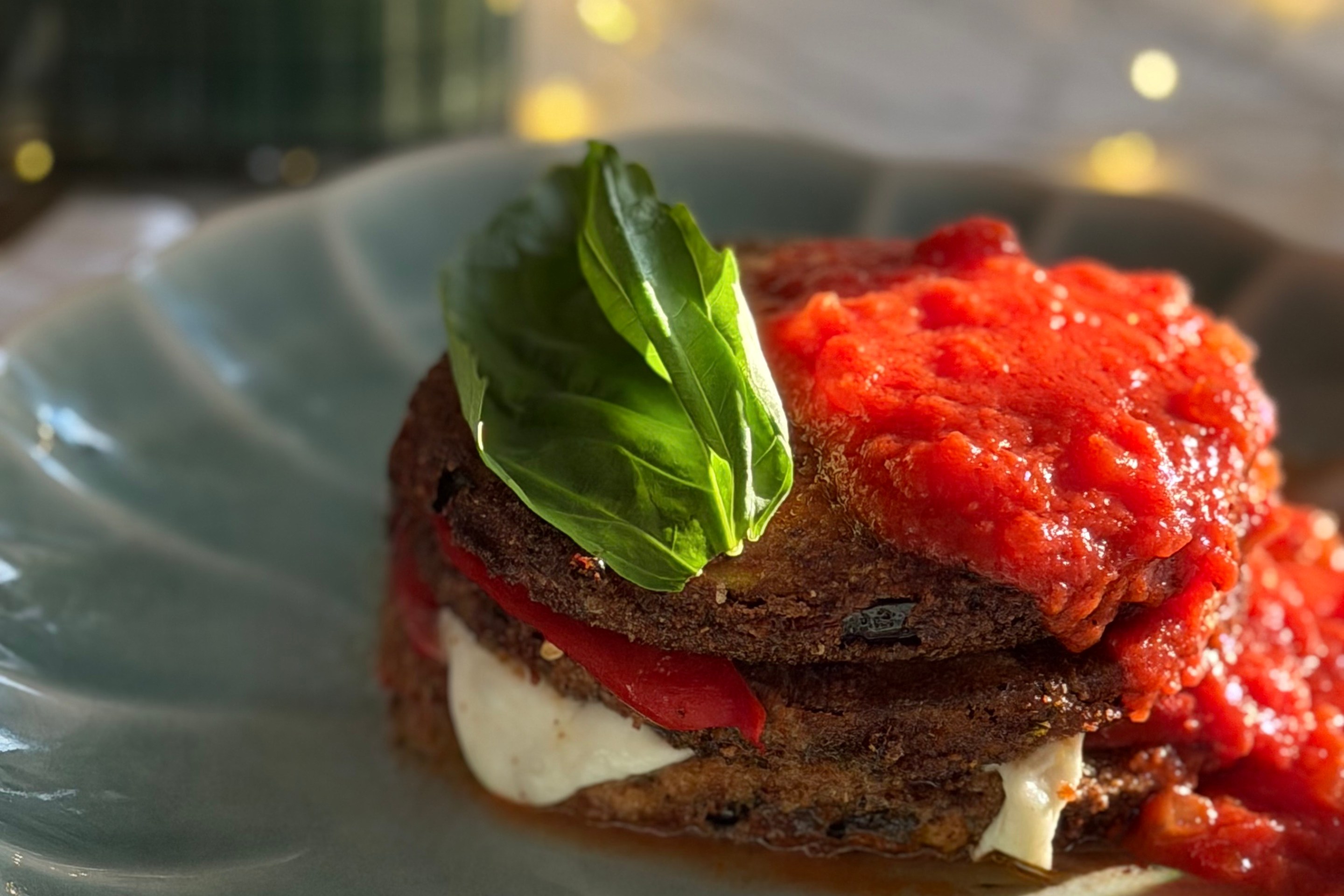My memories of my mother’s cooking inspired me to write The Italian Daughter's Cookbook. When I was growing up, every meal was made from scratch and was indescribably delicious. I can never forget the taste and smell of dishes like Sunday Sauce with Meatballs and Sausage, Lamb Baked with Potatoes, and Peas and Stuffed Eggplant.
However, none of my mother’s recipes were written down. To capture and preserve her Calabrese style of cooking for my children, friends, and anyone who loves to experience regional cuisines, I relied on my senses of taste, smell, touch, and hearing. Slowly, I stirred in ingredients like salt, garlic, and tomatoes in measured increments, sampling after each addition, until Calabrese specialties like Polenta with Broccoli and Fennel and Escarole Egg Drop Soup tasted exactly as they did in my mother’s kitchen.
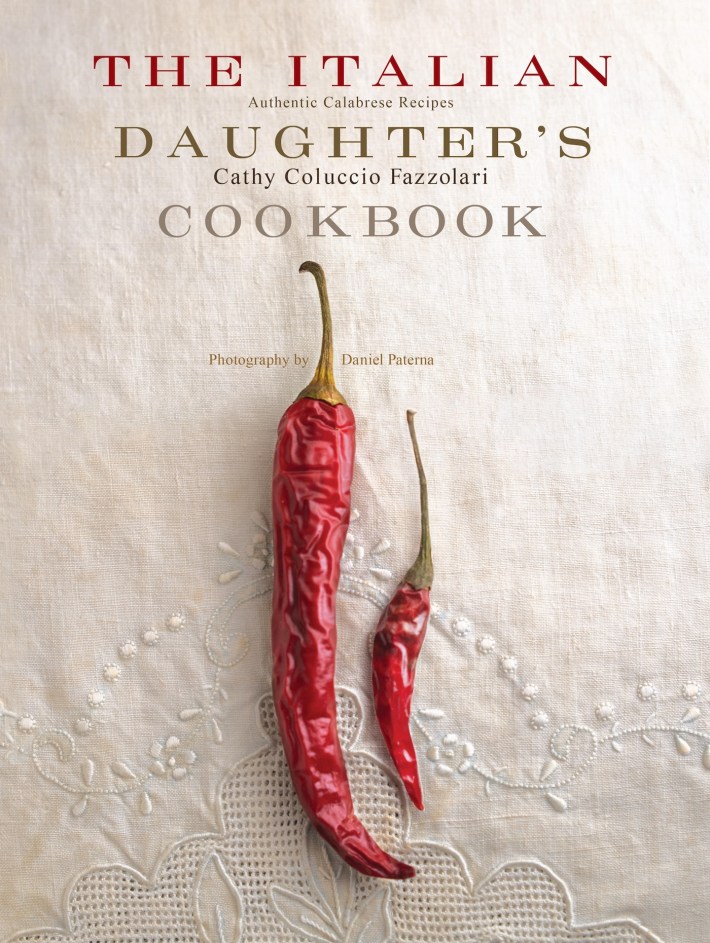
As I cooked, I watched the clock to determine how long it takes for onions to release the aroma that signals they’re perfectly cooked, a beef steak to yield to a finger indicating it’s medium rare, and zeppoles to crackle when they’re ready to pull from the fryer.
While many of the dishes in this book may sound familiar to you, the way they’re prepared is unique to the Calabrese region of Southern Italy and specifically to Marina di Gioiosa Ionica in the Reggio Calabria province, where both my parents were born and my mother learned to cook from her mother. Despite the abundance of books celebrating Southern Italian food and the prevalence of Italian restaurants throughout the world, the cuisine of Calabria remains largely unknown.
As you explore the recipes in The Italian Daughter’s Cookbook, you’ll notice that they focus on high quality ingredients that are simple to prepare. Few include butter and cream. In many of the soups, water, not broth, is the base, so that flavor of vegetables like zucchini, chicory, and fennel shines through. Rather than being sautéed, broccoli rabe and string beans are boiled; then, after they’re done, they’re drizzled with the highest quality extra virgin olive oil so that you can appreciate the exquisite taste of both the greens and the oil.
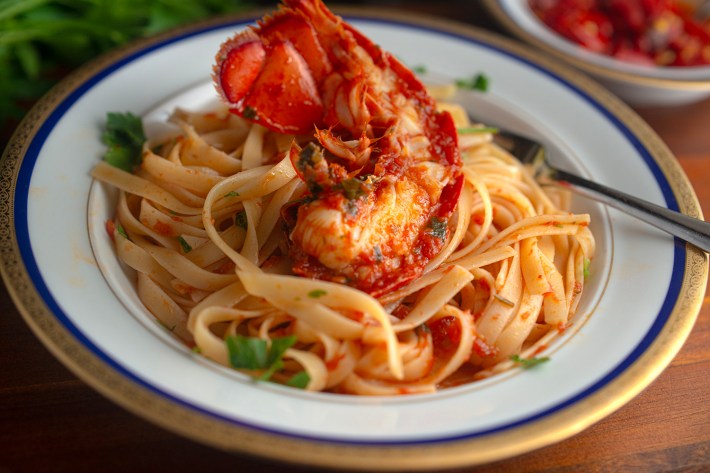
In order for you to truly experience Calabrese cuisine, I’ve included recipes for specialties that are rarely made at home these days. I encourage you to use them to make your own Fresh Cracked Green Olives, Pickled Eggplant, and Sun-Dried Tomatoes in Oil. There’s even Hand Rolled Pasta!
It’s my hope that you’ll not only recognize how much better these items taste when you’ve prepared them yourself but also that you’ll appreciate the process of transforming humble ingredients into something delectable. For the best recreation of Calabrese flavor, search out the finest ingredients. When you can, select produce from farmer’s markets; meats from a butcher shop; and olive oil, canned tomatoes, and pasta from an Italian specialty store. Be sure to look for both fresh and dried Calabrian peppers that will give your dishes a burst of authenticity.

My mother would always say: “Watch me. One day you will be doing this in your own home,” or, “When I am not here, you will always remember my teaching.” As mothers always are, she was right. To this day, I use her techniques and follow her advice when I’m frying zucchini flower fritters, hand crushing tomatoes, and kneading bread. Often my own daughter Isabella is by my side, tying sausage links or rolling meatballs.
In this book, you’ll find recipes for dishes I ate at my mother’s table as well as for ones I serve in my own home, like Lobster Sauce Fra Diavolo, that are Calabrese in spirit. Once you start cooking from the book, you’ll immediately realize what’s special about this cuisine that’s been passed from mother to daughter for generations.
